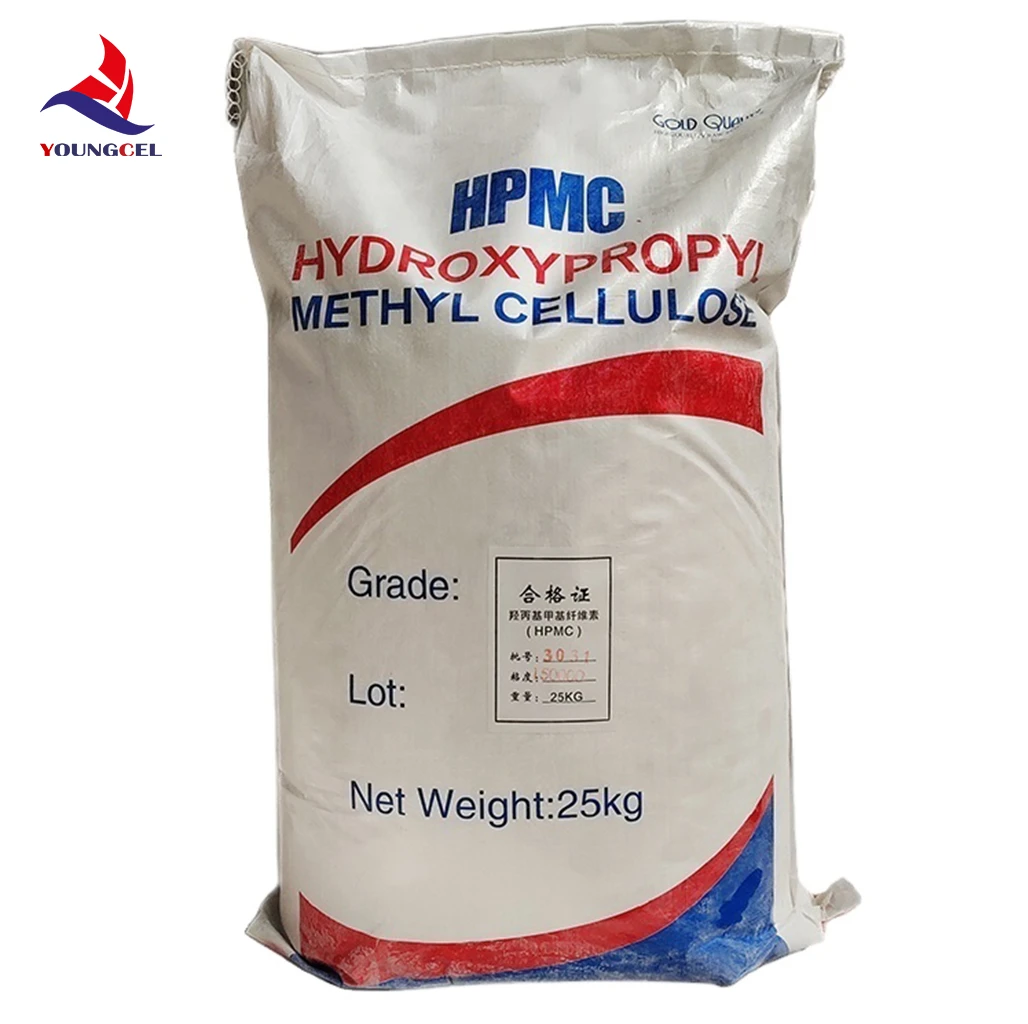The Role of HPMC in Gypsum Applications
Hydroxypropyl methylcellulose (HPMC) is a versatile cellulose ether that has gained prominence across various industries, particularly in construction and building materials. One of the most significant applications of HPMC is in gypsum products, which are widely used for their excellent properties in construction, including fire resistance, sound insulation, and thermal performance. This article explores the role of HPMC in gypsum applications, highlighting its benefits, functionalities, and impact on product performance.
What is HPMC?
HPMC is a water-soluble polymer derived from cellulose. It is characterized by its chemical stability, non-toxic nature, and film-forming capabilities. HPMC is often used as a thickener, binder, and emulsifier, making it an essential additive in many formulations, including those involving gypsum. Its unique properties allow it to enhance the performance of gypsum products, making them more effective and user-friendly.
Benefits of HPMC in Gypsum Products
1. Improved Workability One of the primary benefits of incorporating HPMC into gypsum formulations is improved workability. It enhances the viscosity and helps in achieving a smooth consistency, which is crucial for the application of gypsum in plastering and finishing tasks. The better workability allows for easier application with less effort, contributing to a more aesthetically pleasing finish.
2. Extended Open Time HPMC significantly extends the open time of gypsum products, providing workers with more time to manipulate and adjust materials before they set. This is essential in complex applications or large areas where precise finishing is required. Extended open time reduces the stress on workers and enhances the overall quality of the work.
3. Adhesion and Bonding Strength The use of HPMC improves the adhesion and bonding strength of gypsum-based plasters and mortars. The enhanced bonding properties ensure that the gypsum adheres effectively to various surfaces, including concrete, brick, and drywall. This is particularly important in ensuring the durability and longevity of the applied surfaces.
hpmc for gypsum

4. Water Retention HPMC also plays a crucial role in water retention in gypsum formulations. By retaining water, HPMC allows for better hydration of the gypsum, which results in stronger and more durable final products. This water retention capacity minimizes the risk of cracking and enhances the structural integrity of the gypsum application.
5. Reduced Dust Formation Gypsum products can create significant amounts of dust during mixing and application, which can be harmful to health and adverse to the working environment. HPMC reduces dust formation during mixing, making the application process safer for workers. This feature is particularly advantageous in indoor applications, where air quality is a concern.
Applications of HPMC-Modified Gypsum
Gypsum products enhanced with HPMC are utilized in a variety of construction applications. They are used in
- Plastering HPMC-modified plasters facilitate smoother finishes and better adhesion on walls and ceilings. - Drywall Joint Compounds The added open time and adhesion properties of HPMC make it ideal for joint finishing in drywall installations. - Repair Mortars HPMC improves the performance of repair mortars by enhancing workability and reducing cracking. - Decorative Elements HPMC can also be used in decorative gypsum products, allowing for detailed moldings and designs with excellent finish quality.
Conclusion
The incorporation of hydroxypropyl methylcellulose (HPMC) into gypsum products has greatly enhanced their performance, making them a preferred choice in the construction industry. By improving workability, extending open time, increasing adhesion, retaining water, and reducing dust formation, HPMC contributes to higher quality and more durable gypsum applications. As the demand for efficient and sustainable building materials continues to grow, the role of HPMC in gypsum products is likely to remain significant, ensuring that it meets the evolving needs of construction professionals around the world.
-
Rdp Powder: Key Considerations for Wholesalers in the Building Materials IndustryNewsJul.08,2025
-
Key Considerations for Wholesalers: Navigating the World of Hpmc - Based ProductsNewsJul.08,2025
-
Hpmc Detergent: Key Considerations for WholesalersNewsJul.08,2025
-
Key Considerations for Wholesalers: China Hpmc For Tile Adhesive, Coating Additives, Concrete Additives, and MoreNewsJul.08,2025
-
Crucial Considerations for Wholesalers: Navigating the World of Construction MaterialsNewsJul.08,2025
-
Key Considerations for Wholesalers Sourcing Additive For Cement, Additive For Concrete, Additive For Putty from Additive Manufacturer Shijiazhuang Gaocheng District Yongfeng Cellulose Co., Ltd.NewsJul.08,2025




